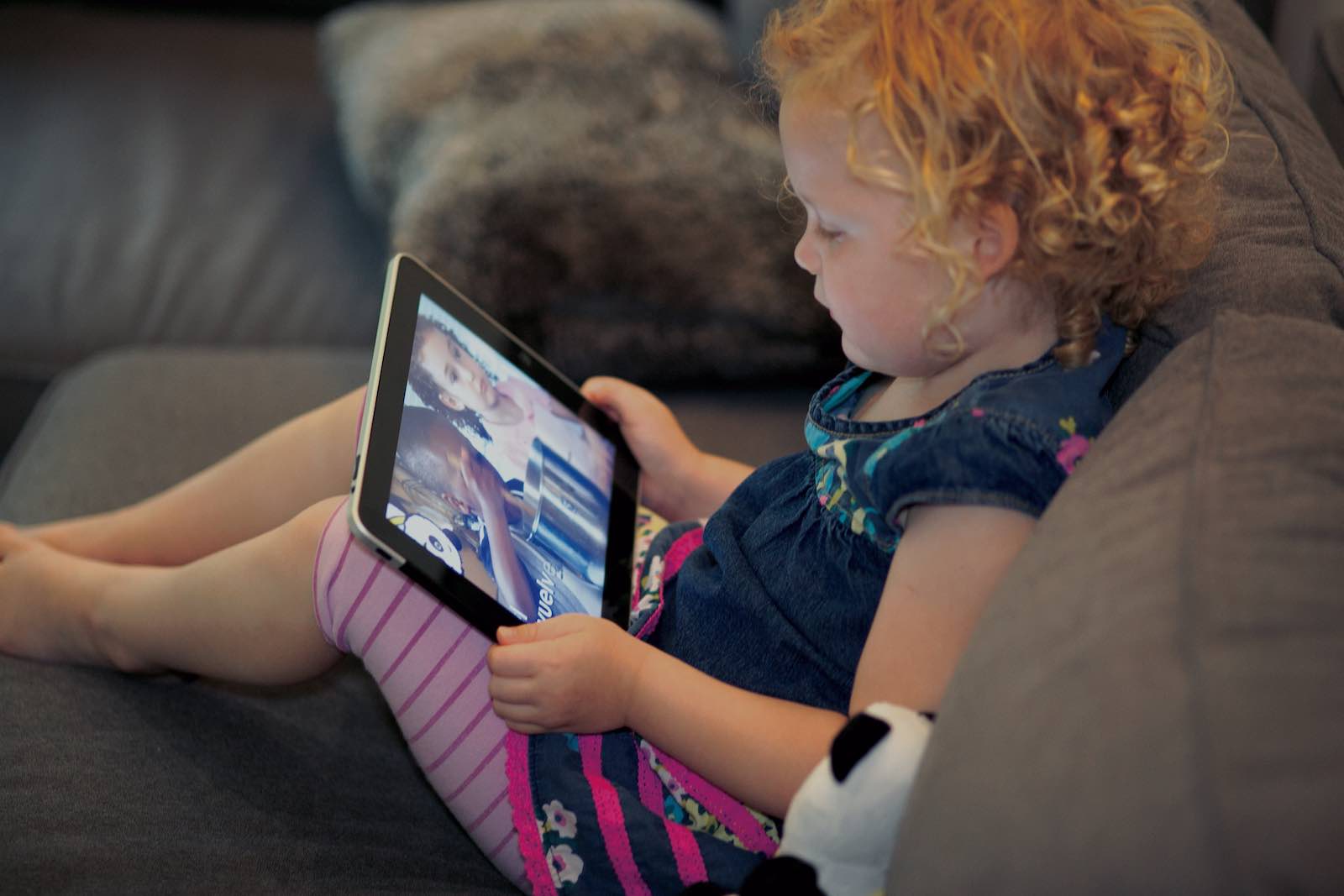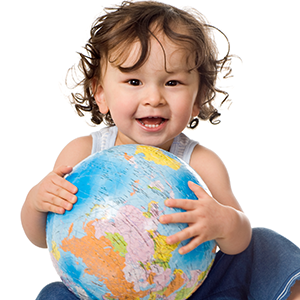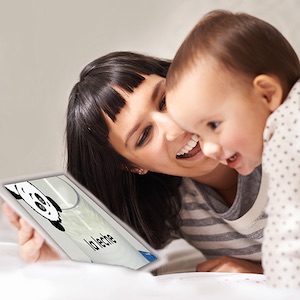Fun, Easy, and Accessible
At Little Pim, we believe that all children deserve to learn a second language. Children love following along with Little Pim, the adorable cartoon panda bear who serves as the “teacher.” Together with Little Pim, your child can learn 360 words and phrases, providing the essential building blocks for language learning.
Each of our educational videos has a unique child friendly theme, such as eating, playtime and feelings. Pim keeps kids entertained . Little Pim’s program supports foreign language learning which multiple studies have shown improves memory and analytic abilities and strengthens problem solving skills.
The program helps children acquire a new vocabulary and a near-native accent.
Designed to Teach Children From Birth to Age 6
Scientific research shows that learning a foreign language comes naturally for children when they start at an early age.
Our program is specifically designed to promote language learning for children from ages 0 to 6 – the time when their brains are hard-wired to learn up to 3 languages with ease.
Makes Language Learning Accessible For All Children
We live in an increasingly global world – one where bilingualism carries many benefits. Research shows that bilinguals, especially those who have learned a second language before age six, demonstrate superior reading and writing skills.
Little Pim gives kids the tools they need for future success.
No Foreign Language Background Needed
We provide parents with a comprehensive program to help their child learn a foreign language even if the language is new to them too. Our companion guides and scripts make it easy for parents to follow along with their children.
Our unique Entertainment Immersion Method® will keep your child fully engaged as they learn a second language with Little Pim.
The Woman Behind Little Pim
Inspired by her own bilingual childhood, our founder Julia Pimsleur (daughter of Dr. Paul Pimsleur, who created the Pimsleur Method), wanted to give her young son the same opportunity to learn a foreign language.
When she discovered that there were no high quality education materials for teaching toddlers a foreign language, she set out to create them herself. She was uniquely qualified given her background as an award-winning filmmaker, language teacher and mother.
Language Learning For Kids Is Born
Pimsleur sought to create a program that would delight and teach young children a foreign language at the same time. Working with leading neuroscientist Dr. April Benasich, educators and native language experts, she spent several years developing the Little Pim language program.
Not only is it the first comprehensive at home program, it can be used effectively by parents even if they don’t speak a foreign language.
The Research-Backed Benefits
Little Pim’s program supports foreign language learning which multiple studies have shown improves memory and analytic abilities and strengthens problem solving skills.
The program helps children acquire a new vocabulary and a near-native accent. Our unique Entertainment Immersion Method® immerses children completely in a foreign language.
Study after study shows that from birth to age six, the human brain is optimally equipped for learning and producing language. Little Pim was specifically created for young children to be able to take full advantage of this window for learning.
Babies hear their mothers’ voices before birth and know the rhythm of their native language as newborns. Once born, babies can understand and discriminate the sounds of every language in the world. Infants detect different sounds and hear the nuances in foreign languages with perfect clarity and precision. The sound elements of language are called phonemes, and repeated studies show that adults perceive phonemes differently than infants.
Young children’s ways of assimilating language are distinctly different from adults, especially in pronunciation. As children become “tuned” to their native language (or languages), they gradually lose the ability to tell the subtle sounds in foreign languages apart. When people are introduced to foreign sounds later in life, they have much more difficulty hearing the differences, thus making it that much harder to imitate these sounds.
Babies gain understanding long before they can speak and benefit from having a rich language environment. That is because babies learn to talk by listening. Research tells us that the more words babies hear, the more quickly they learn to talk. Frequent exposure to words and active social engagement helps the brain pathways that foster language learning to develop more fully.
Children need to hear language in relation to what is happening around them. It must capture the child’s attention, thus the “motherese” - speech with rising and exaggerated contours - is very effective when speaking to one’s baby or toddler. In addition, surrounding children with language materials such as books, objects and pictures for naming help to support language learning. Little Pim’s voice mirrors “motherese” and the series uses sharp and colorful images of objects and actions, allowing young viewers to connect the sounds they hear with actions and objects in real life.
Little Pim makes it easy and fun for parents to take advantage of the best window of opportunity for successful foreign language learning and give them all the cognitive benefits of being multilingual.
“Since you can download Little Pim, our 2-year-old, Maximo can learn Spanish anytime, anywhere. Everyone in our family has increased our vocabulary in Spanish thanks to Little Pim!”









